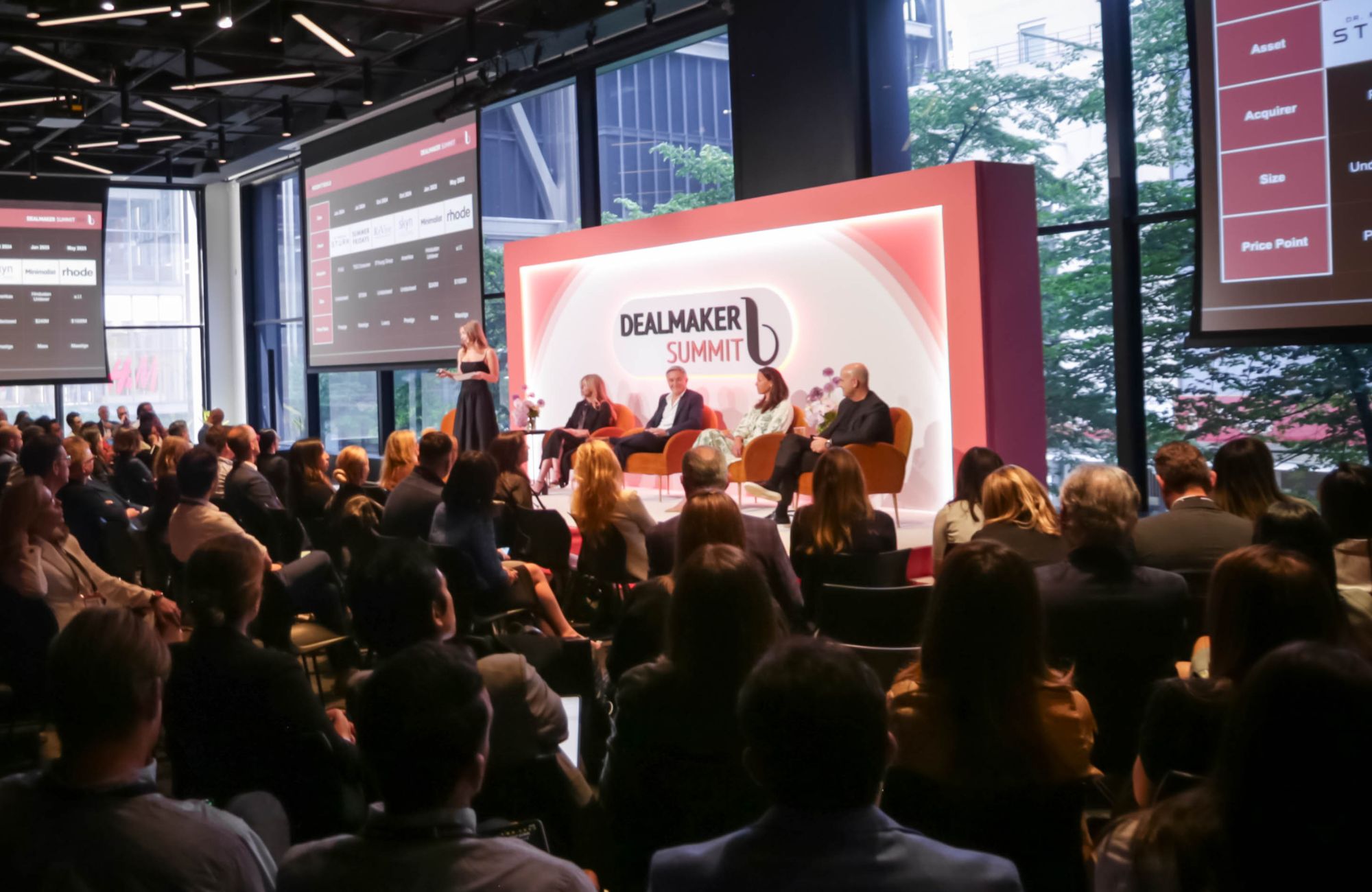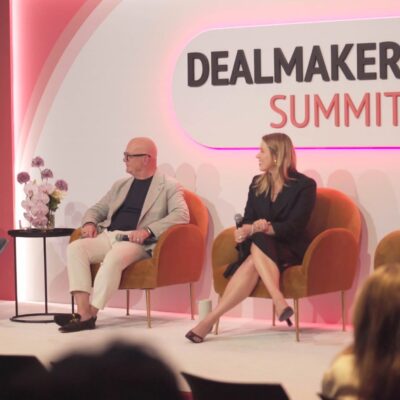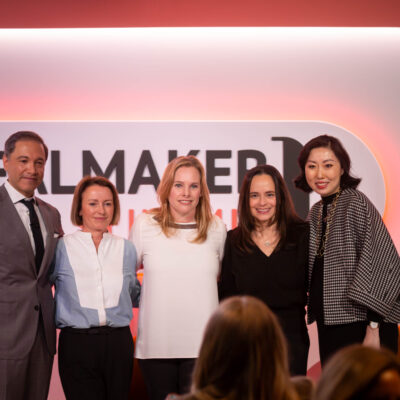
Where Industry Insiders See Skincare’s Biggest Business Potential Beyond Buzzy Ingredients
Although the skincare category is experiencing some shakiness—in prestige, it was down 3% in dollars and up 1% in units in the first quarter, according to Circana—it remains a resilient engine of brand value, consumer interest and loyalty. And skincare insiders believe there’s more growth potential.
“Only one in four Americans uses skincare twice a day. That’s not just a challenge, it’s an opportunity,” said Fernando Acosta, CEO of RoC Skincare, during a panel on skincare at Beauty Independent’s 2025 Dealmaker Summit in New York City last week. “Education and behavioral change are innovation frontiers, too.”
Acosta emphasized that industry-wide collaboration can meaningfully expand skincare penetration. “We need to come together to make a difference and make sure people understand the power of skincare,” he said. “I’m too small to do that alone.”
His call to action underscored a shared sentiment among the panelists that the future of skincare won’t be shaped by innovation alone, but by collective effort across brands, investors and operators. Along with Acosta, the panelists included Cori Aleardi, co-founder of Elevate Beauty, an investment platform created in partnership with L Catterton that counts DIBS Beauty, Eighth Day, Irene Forte Skincare and Vyrao as current investments; Andrew Stanleick, president of skin health and beauty at Neutrogena parent company Kenvue; and Sandy Saputo, CEO of True Botanicals.
Looking ahead, longevity science, microbiome research and convergence with supplements and aesthetic medicine are expected to define the category. As the boundaries between wellness, beauty and clinical health continue to blur, brands that speak to inner and outer transformation are best positioned to lead. “Consumers aren’t just looking for glow anymore, they’re thinking about health span,” said Aleardi. “Finding a way to bring skincare into the longevity movement, not just cosmetic appearance but true biological aging. No one owns that intersection yet. That’s the white space.”
Dealmakers are hunting for white spaces in the skincare category because it continues to exhibit durable demand across both mass and premium segments. Currently, the mass-market momentum is especially pronounced. Nearly 70% of skincare sales now come from the mass channel, with brands like Bridgepoint-owned RoC, Neutrogena and E.l.f. Beauty-owned Naturium blurring the lines between drugstore accessibility and clinical efficacy.
Ingredients such as peptides, exosomes and growth factors are on the rise. However, particularly as they proliferate, buzzy scientific ingredients alone aren’t enough to make a skincare brand stand out.
“Being new isn’t good enough, it has to be better,” said Aleardi. “Founders often miss the ‘why.’ What does the technology actually do for the consumer, and why will they love it?” Concurring, Stanleick said, “It’s not just about ingredients anymore. Consumers are demanding efficacy backed by data and clinical trials—and then a brand story that makes them care.”
Saputo emphasized a holistic lens on efficacy. “Today’s luxury wellness-driven consumer expects more than just results,” she said. “She wants sensorial experience, bio-compatibility and values like sustainability built in. We think of our formulations in four dimensions: absorption, activity, sensoriality and protection.”
She added that skin health goes beyond surface-level results. “We’ve spent the last 10 years educating consumers about optimal skin health, and that starts below the surface,” she said. “Inflammation is one of the leading causes of skin aging, so we formulate with microbiome-friendly and anti-inflammatory ingredients to calm and protect the skin while also repairing the barrier to boost product performance.”
With consumers familiar with time-tested ingredients like retinol and vitamin C that dominate their skincare routines, the panelists agreed the focus is shifting to how ingredients are formulated and delivered. “There’s still a lot of runway for ingredients like retinol,” said Acosta, who helped popularize the vitamin A derivative decades ago. “But the future lies in how we combine ingredients, stabilize them, and deliver them precisely.” RoC is currently developing patented boosters designed to enhance retinol’s performance as they minimize irritation.

The panelists saw deal possibilities for brands with advanced delivery systems, from microencapsulation to transdermal tech. Aleardi mentioned that biotechnology is especially attractive when paired with scalable delivery platforms. “There’s real investor interest in platforms that pair bioidentical ingredients like synthetic peptides and growth factors with smart delivery tech,” she said. “They’re scalable, safe and protectable from an IP standpoint, everything an investor wants to see.”
Stanleick pointed to regenerative medicine as exciting for skincare’s prospects. “The biggest consumer request we get is for something that actually turns back the clock,” he said. “The next big wave is about clinically proven technology that turns back time. The brand that clinically delivers on aging will be transformational. Regenerative medicine is where we’re placing big bets.”
After a blockbuster year in 2022, dealmaking in the skincare category subsequently cooled, with several strategic buyers staying on the sidelines. However, E.l.f.’s big acquisition of Rhode, which will amount to $1 billion if the brand realizes its earnout, could suggest that the tide is turning.
“Rhode is more than just a celebrity brand,” said Aleardi. “They’ve built a hero SKU strategy, dermatological credibility and a minimalist philosophy that can grow with the gen Z consumer.”
Still, Aleardi cautioned deals will stall if brands lack differentiation. She said, “There’s no shortage of skincare brands, but there’s a shortage of brands that can articulate their purpose, prove performance and build real brand love.”
Missed the Dealmaker Summit in New York City? Click here to learn more about Dealmaker London.




